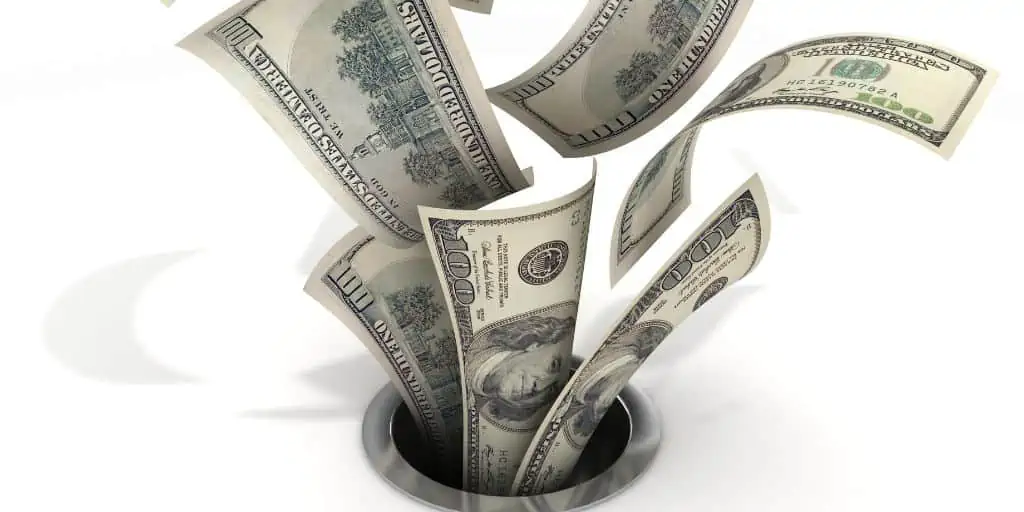What Is a Short Refinance?
REtipster does not provide tax, investment, or financial advice. Always seek the help of a licensed financial professional before taking action.
How Does a Short Refinance Work?
A lender usually short refinances a mortgage to help a borrower avoid foreclosure—a long and tedious process where the lender absorbs a measure of loss anyway.
A short refinance is typically a new, refinanced loan with a lower principal than the original[2]. This arrangement makes it easier for borrowers due to lower monthly payments[3].
Because a short refinance generally results in a loss on the lender’s side, they usually ask for proof that the borrower cannot pay their mortgage. This may include W-2 forms, bank statements, check stubs, tax returns, homeowners insurance policies, statements for investment accounts, the borrower’s credit score, and the like. Lenders may also arrange for an appraisal of the home[5].
The average time to close a refinance loan is 45 days[4]. However, many factors influence the timeframe of a short refinance application, including the type of lender, the amount of the loan, and the state of the property.
Examples of a Short Refinance
A borrower bought a home for $500,000. After a few years, the property’s fair market value drops to $400,000, and the borrower still owes $450,000 on the house. The borrower’s income has also plummeted, making them unable to pay the mortgage.
The lender agrees to refinance the $450,000 mortgage to a new loan amount of $380,000 to “bail out” the struggling borrower. By doing so, they essentially forgive the difference of $70,000.
Another example is a borrower who takes out a $330,000 loan to buy a home worth $350,000. About three years into the loan, the property’s value drops to $300,000. With decreased income, the borrower cannot keep up with the mortgage, property taxes, and insurance.
Instead of going through foreclosure, the lender allows the borrower to take out a new loan of $300,000. The lender also writes off the $30,000 that the borrower owes.
Why Would Lenders Agree to a Short Refinance?
A lender primarily agrees to a short refinance to avoid a long and expensive foreclosure process[6]. Since the lender will no longer receive any mortgage payments once foreclosure begins—a process that may drag on for a year or more—the lender essentially loses out on cash flow for as long as the property does not generate rent[7].
The state of the real estate market may also affect a lender’s decision to enter into this refinancing arrangement[8]. If a lender forecloses on a property, they are competing with other lenders who likewise foreclosed on properties that dropped in value. That means the lender has to sell for less than what the property is worth, and it is difficult to sell properties quickly in a market that has a sudden oversupply.
Pros and Cons of Short Refinance
Here are some of the advantages of a short refinance for borrowers and lenders:
- It helps the borrower and lender avoid foreclosure. Borrowers do not have to deal with late fees and legal fees during foreclosure, while lenders do not lose out on operational and maintenance fees.
- It reduces the total amount that borrowers owe on the mortgage.
- Lower loan balance, interest rate, and monthly payments make the mortgage more manageable for the borrower.
- Borrowers earn equity in their homes[9].
Here are some of the drawbacks of short refinance:
- The process can take months. The qualification process, such as minimum credit score and income requirements, is also stringent. Even after all these requirements have been met, there is still no guarantee that the lender will approve it.
- Short refinancing hurts a borrower’s credit score because the old mortgage is only “settled as agreed” and not “paid in full.” Meanwhile, the lender takes a loss by agreeing to take less than what was originally agreed by both parties[10].
Takeaways
- In a short refinance, a lender agrees to replace an existing mortgage with a new loan with a lower balance to help a borrower avoid foreclosure.
- A short refinance helps borrowers lower their monthly payments because of the reduced principal balance. Since foreclosure is typically expensive and time-consuming, during which there is no income from the rental property, some lenders choose to short refinance a defaulting mortgage just to keep the cash flow going.
- A short refinance usually hurts a borrower’s credit score because the old mortgage is “settled as agreed” and not “paid in full.” Lenders also absorb a loss, because the new, refinanced mortgage has a lower principal—essentially forgiving the difference from the original.
Sources
- Investopedia. (2021.) What Is a Short Refinance? Retrieved from https://www.investopedia.com/terms/s/short_refinance.asp
- Lake, R. (2020.) What is a short refinance? Fox Business. Retrieved from https://www.foxbusiness.com/money/what-is-a-short-refinance
- Quicken. (n.r.) What Is a Short Refinance. Retrieved from https://www.quicken.com/what-short-refinance
- Ponder, C. (2022.) How Long Does It Take to Refinance a House? LendingTree. Retrieved from https://www.lendingtree.com/home/refinance/how-long-it-takes-to-refinance-a-house/
- Warden, P. (2022.) Refinance requirements: What you need to refinance your home. The Mortgage Reports. Retrieved from https://themortgagereports.com/76288/basic-refinance-requirements
- Nexus Real Estate. (n.d.) How A Short Refinance Works. Retrieved from https://nexus.realestate/short-refinance
- Byford, A. (n.d.) What Is A Short Refinancing – Is It A Better Option? Compare Closing. Retrieved from https://www.compareclosing.com/blog/what-is-short-refinancing/
- Campisi, N. (2022). When Should You Refinance a Home? Forbes. Retrieved from https://www.forbes.com/advisor/mortgages/when-should-you-refinance-a-home/
- DeMatteo, M. (2020.) The pros and cons of refinancing your home. CNBC.com. Retrieved from https://www.cnbc.com/select/pros-and-cons-of-refinancing-home/
- Martin, E. (2022.) What is mortgage refinancing and how does it work? Bankrate. Retrieved from https://www.bankrate.com/mortgages/how-does-refinancing-a-mortgage-work/








